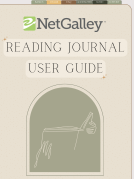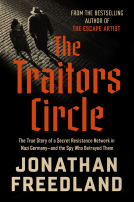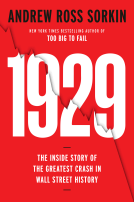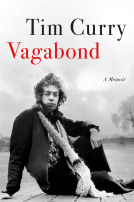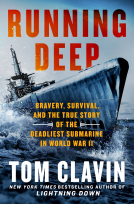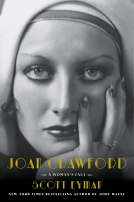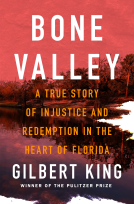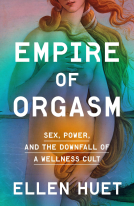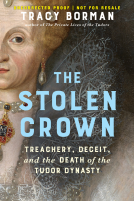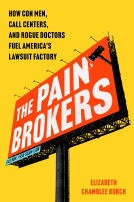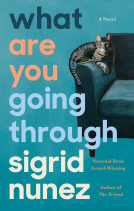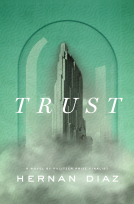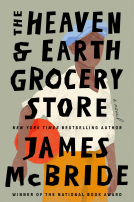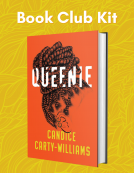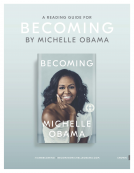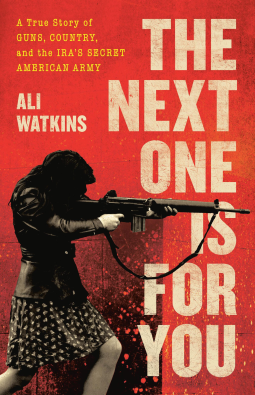
The Next One Is for You
A True Story of Guns, Country, and the IRA’s Secret American Army
by Ali Watkins
This title was previously available on NetGalley and is now archived.
Send NetGalley books directly to your Kindle or Kindle app
1
To read on a Kindle or Kindle app, please add kindle@netgalley.com as an approved email address to receive files in your Amazon account. Click here for step-by-step instructions.
2
Also find your Kindle email address within your Amazon account, and enter it here.
Pub Date Mar 11 2025 | Archive Date Apr 11 2025
Talking about this book? Use #TheNextOneIsforYou #NetGalley. More hashtag tips!
Description
“Riveting…Will inevitably be compared with Patrick Radden Keefe’s nonfiction blockbuster…But its themes are arguably even more resonant in the current political moment.”―The Washington Post
From New York Times reporter and Pulitzer finalist Ali Watkins, the long-buried story of how a group of Philadelphia gunrunners armed the IRA at the height of the Troubles—a true-crime saga that illuminates Irish America’s central role in the conflict and its legacy.
Northern Ireland, 1975. Violence has erupted on the streets of Belfast. After years as a sleepy, guerilla army, the IRA is clashing with Loyalist gangs and heavily armed British soldiers. But the Troubles have spilled beyond the small island: An ocean away, in the heart of Philadelphia’s Irish enclave, a teenage girl finds a letter in her mailbox. Inside is a bullet, and the message is clear: The next one is for you or your family.
As celebrated New York Times reporter Ali Watkins reveals in this exquisitely reported nonfiction thriller, the conflict in Northern Ireland might have gone very differently had it not been for a small, ragtag band of carpenters, family men, and fugitives in the United States. The Philadelphia Five, as they came to be known, supplied the Irish Republican Army at its moment of greatest need, bolstering the fight for a united Ireland but fueling the Troubles at an untold cost. This small group of Irish nationalists smuggled hundreds of rifles, rocket launchers, explosives, and armor-piercing bullets across the Atlantic Ocean and into Northern Ireland. Whether they were skimming money from innocuous-seeming charities, coolly slipping weapons into hidden compartments of vans and houses, or scouring local graveyards for the names of dead Irishmen to use on federal firearm forms, the gunrunners approached their mission—to unite Ireland under one flag, by any means necessary—with ruthless poise, even as European and American investigators closed in, members of their own movement began to turn on them, and bodies stacked up on all sides.
A gripping tale of crime, rebellion, and the hazy line between them, The Next One Is for You is the definitive account of America’s hand in the Troubles—a conflict whose resonance is still felt today, in the United States and Ireland alike.
Available Editions
| EDITION | Other Format |
| ISBN | 9780316538275 |
| PRICE | $30.00 (USD) |
| PAGES | 336 |
Available on NetGalley
Average rating from 16 members
Readers who liked this book also liked:
Elizabeth Chamblee Burch
Business, Leadership, Finance, Professional & Technical, True Crime
James McBride
General Fiction (Adult), Historical Fiction, Literary Fiction
We Are Bookish
Literary Fiction, Multicultural Interest, Women's Fiction
